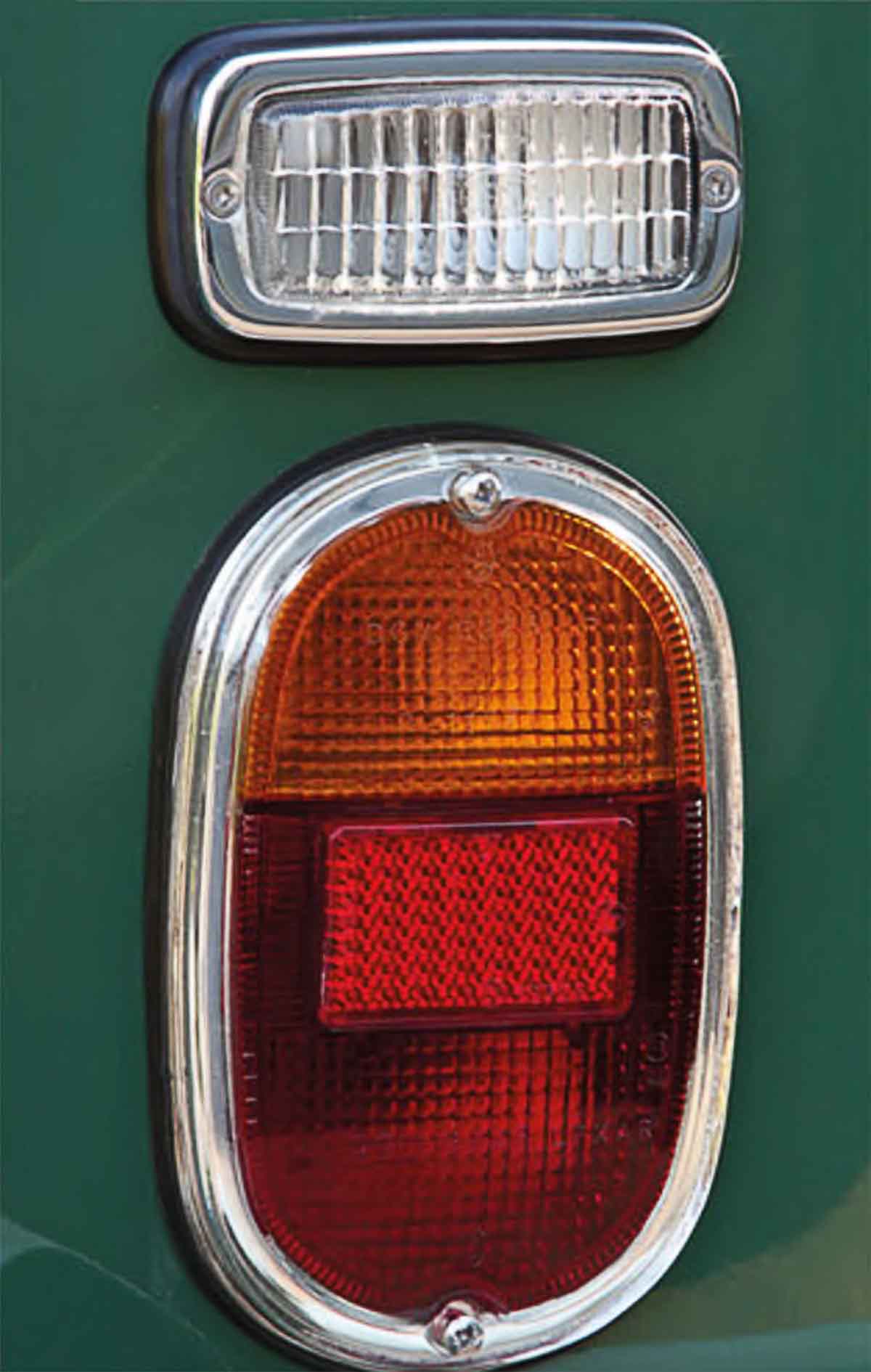
Volkswagen Kombi
The VW Transporter T1 Microbus-based camper—often known simply as the Kombi—was much-loved when new, and is highly desirable today. The mechanical underpinnings of the Beetle were present in the Transporter (Volkswagen Types 1 and 2 respectively), but the basic van was available in a wide variety of versions to suit every need. The original split-screen model was built from 1950 until 1967, with almost 1.5 m examples sold.

THE IDEA FOR the Type 2 came from a Dutch VW importer who visited the Wolfsburg factory intending to place an order for Beetle cars. Instead, a prototype for a new van was produced in a matter of weeks. The Type 2 had a similar wheelbase to the Beetle, but came with a strengthened chassis for heavier loads. With its aerodynamics optimized to offset the 25 hp engine, the Kombi went into production. Rivals soon copied its “forward control” cab, in which the driver sat high above the front axle, but none could match its cool appeal.

SPECIFICATIONS
| Model | Volkswagen Transporter, 1950-67 |
| Assembly | Germany, Brazil, and South Africa |
| Production | 1,477,330 |
| Construction | Steel body and chassis |
| Engine | 1,131-1,493 cc, flat-four |
| Power output | 25-51 bhp |
| Transmission | 4-speed manual |
| Suspension | Torsion bar front and rear |
| Brakes | All-round drums |
| Maximum speed | 77 mph (124 km/h) |

Volkswagen badge
The first, prewar Beetle was known as KdF-wagen, meaning Kraft durch Freude or “Strength Through Joy”, but Adolf Hitler’s desire to build a cheap car for the masses led to it being called the Volkswagen or “People’s Car”, and this name was subseguently adopted.

Styling
The purity of this no-nonsense design, first drawn as a doodle by Ben Pon in 1947, has always been an important part of the Kombi’s charm. The first versions eschewed any ornamentation, apart from an outsize VW logo on the bull-fronted nose and the distinctive, optional two-tone paintwork.
ON THE ROAD
Still relatively cheap to run and easy to work on, the friendly styling of the Kombi comes with the considerable added advantage of a plentiful supply of mechanical spares. Its close kinship with the Beetle—of which more than 21 million were built and sold—means both the panel- and camper van variants are well suited to modification by owners looking to boost the performance of the model’s original 25 hp flat-four.
Like the Beetle, the Kombi has long been popular with customizers, but tastes change and many are now being converted back to near-original spec. Today the highest prices tend to be paid for mint originals, prompting a move to restore these surprisingly practical machines back to that simple, factory-fresh look.


Front headlight and indicator
Ventilation for rear-mounted engine

Louvered side window

Chrome handle for sliding side door

Rear lights show functional design

Customized painted bumpers

Cabin interior with table folded down

Water tap fitted to food preparation cabinet

Minimal instrumentation

Compact, air-cooled engine
It is a quote. The Classic Car Book – The Definitive Visual History 2016




